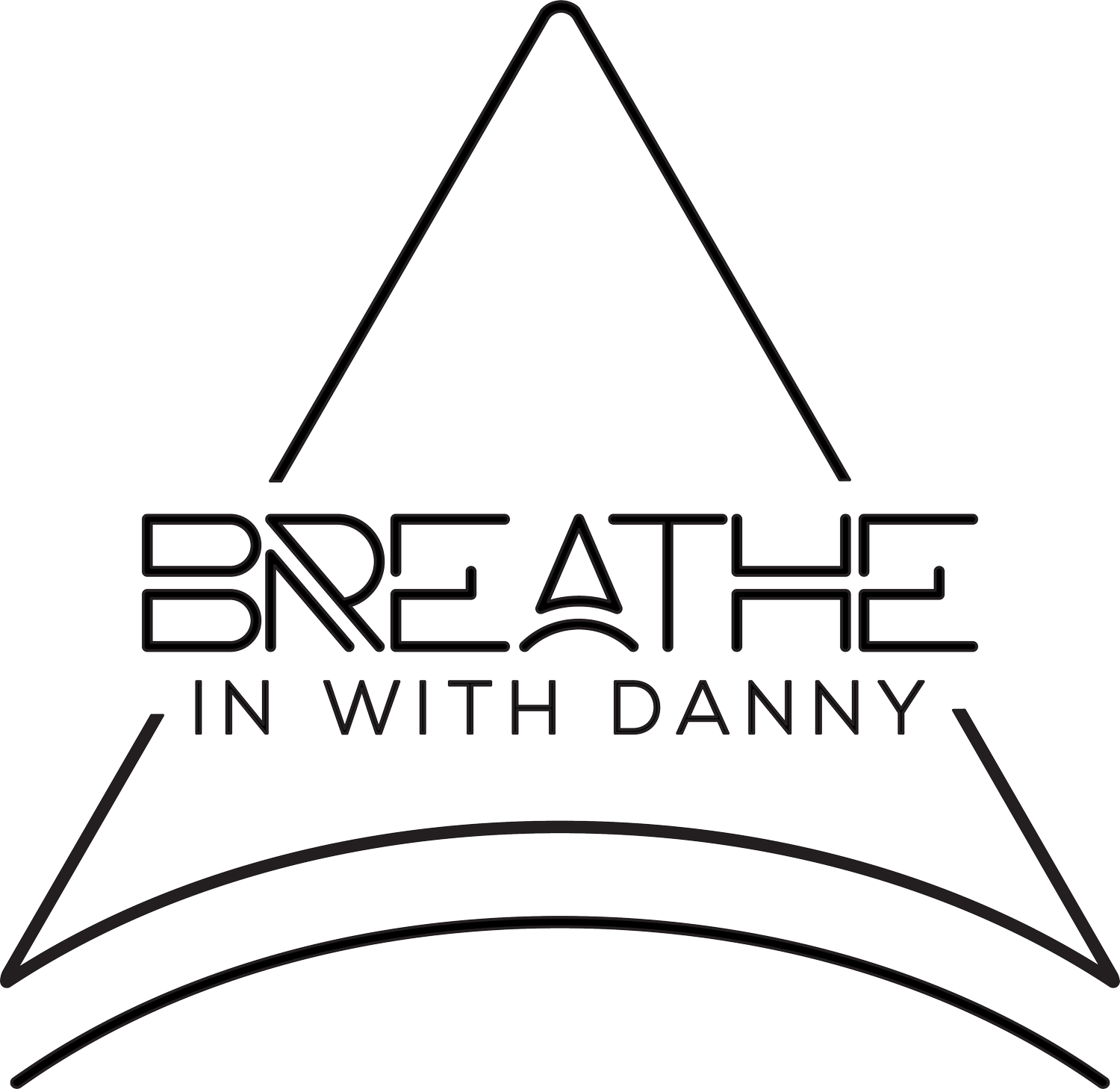What breathwork does for your body
What if I told you that you could attain the same endurance gains resulting from high-intensity interval training for 106 minutes a week without sweating, running, biking, or even leaving your chair? Too good to be true, right? Via breathwork only, you can achieve it in half the time, 42 minutes a week, to be exact. Breathwork has tons of benefits. But in today’s article, we shall focus on the endurance benefit it provides. Kindly scroll down and continue reading to learn more.
Breath Work can Significantly Boost Endurance.
Working the muscles that contract to draw air into your lungs may improve your stamina and strength, thus reducing breathing tiredness. This can further enhance swimming, cycling, rowing, and running endurance.
Breath work practice will help you achieve this by lowering your blood lactate and heart rate and making breathing and exercise easier.
The Laursen et al., 2002 study on High-Intensity cycle interval training showed cyclists improved 40K time trials by 5% via high-intensity interval training twice a week for 53-minute sessions. As opposed to the Inspiratory Muscle Training – Romer, Mc Connel & Jones, 2002 – study depicting cyclists improving 40K time trials by 4.6% by performing Inspiratory muscle training breath-work 14 times a week with each session lasting less than three minutes each, for a total of 42 minutes a week.
The High-Intensity training group maintained VO2 max for the eight intervals of each session. In contrast, the Inspiratory muscle training group performed 30 breaths a session at 50% of their maximum inspiratory pressure (how much force you can generate in inhaling). How does this Training Work?
Inspiratory muscle training can be carried out with a handheld device. The device restricts airflow through a mouthpiece forcing your diaphragm to work harder to expand your ab-domino-thoracic cavity, thus sucking air into your lungs. This training has been shown to increase the thickness of the diaphragm and improve the efficiency of this skeletal muscle, thus reducing the amount of oxygen needed to pump our respiratory system.
You can train your inspiratory muscles in several ways. It is important to note that training approaches are different for every device. If you practice this training every day, your breathing muscles will get stronger after a few weeks. You want to practice this training for about four to six weeks to see significant changes. However, the results of breath work may vary depending on the strength of your muscles before the exercise.
Recent studies have shown that during maximal exercise, the work of the inspiratory breathing muscles demands approximately 16 percent of the available oxygen, which puts into perspective how strenuous breathing can be. These studies clearly show the benefits of conditioning our breathing muscles. However, the Inspiratory muscle training studies did not consider if the participants were breathing mechanically sound and anatomically congruent.
What if You don’t have a Handheld Device? If you do not have the device, other ways to carry out this exercise require no device. You can practice yoga-type breathing.
References
https://pubmed.ncbi.nlm.nih.gov/21347970/
https://pubmed.ncbi.nlm.nih.gov/11772161/
https://www.breathestrong.com/book/
https://citeseerx.ist.psu.edu/document?repid=rep1&type=pdf&doi=4879ad a9540243019e0a495a25b4587c7a335b3a
https://www.ncbi.nlm.nih.gov/pmc/articles/PMC7006659/#:~:text=Inspira tory%20muscle%20training%20(IMT)%20is,muscle%20strength%20and%20respi ratory%20function.


